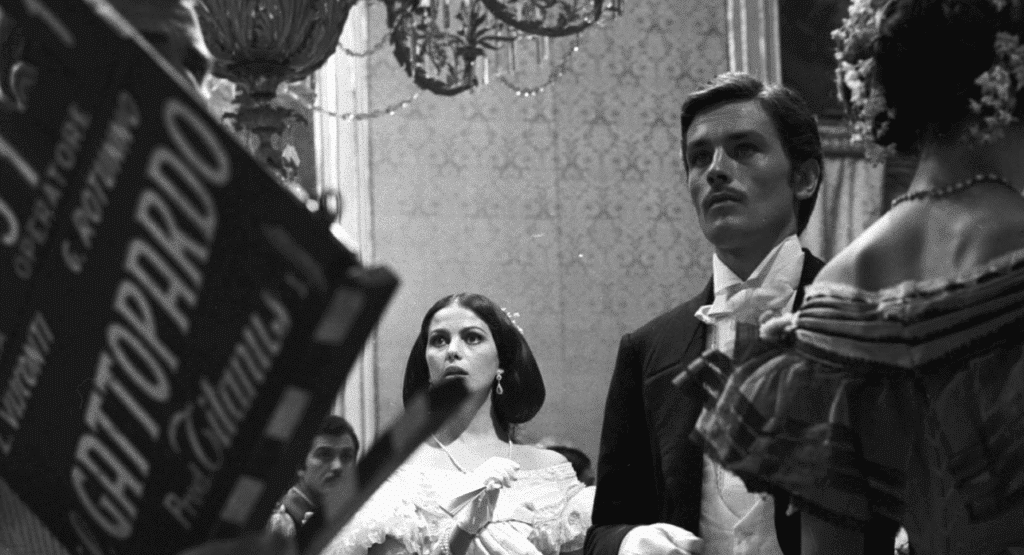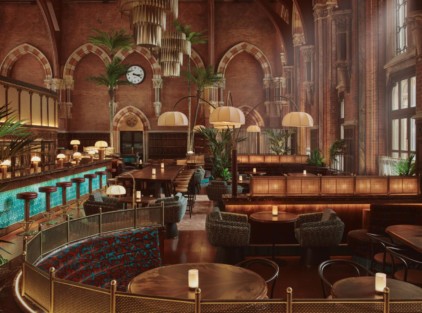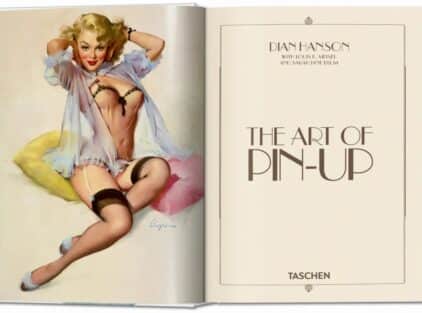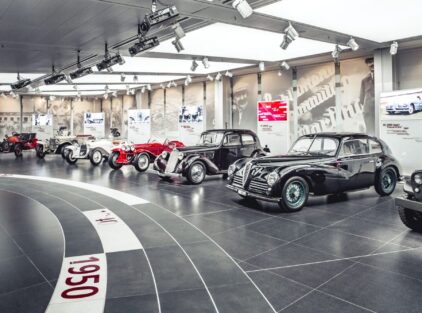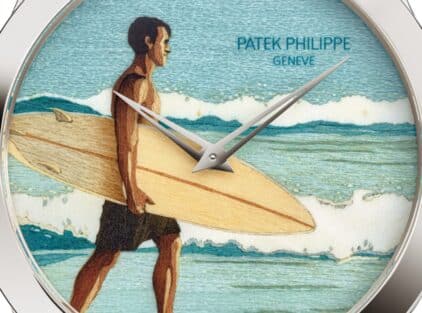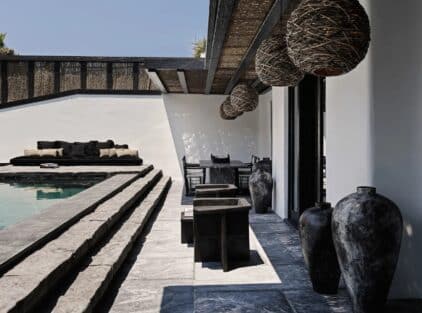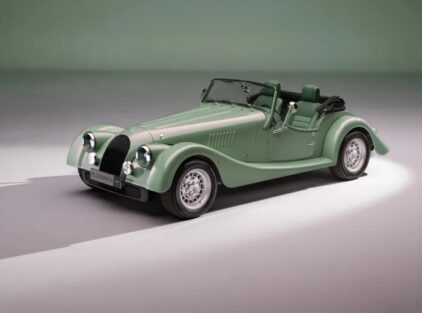By Marianina Patsa
“We were leopards, lions. Those who will take our place are jackals, hyenas. And all of us, leopards, jackals and sheep, will continue to believe that we are the salt of the earth.”
The 1860’s.Aristocracy struggles to maintain itself against the harsh Sicilian landscape. Luchino Visconti’s classic film “Il Gattopardo”, also known as “The Leopard of Sicily”, is a historical epic drama produced in 1963 thatfollows at a deliberately slow pace the decline of the noble house of Fabrizio Corbero, Prince of Salina (the Leopard) and the corresponding rise of the extremely wealthy former peasant Don Calogero Sedara. The Prince himself refuses to take any drastic steps to stop the decline of his personal fortune or help build a new Sicily, but his nephew Tancredi, Prince of Falconeri, swims with the tide and secures his position by taking Don Calogero Sedara’s beautiful daughter Angelica as his wife. Through a lavish 40-minute dance, Tancredi introduces Angelica to society and the turn of events comes to the fore.
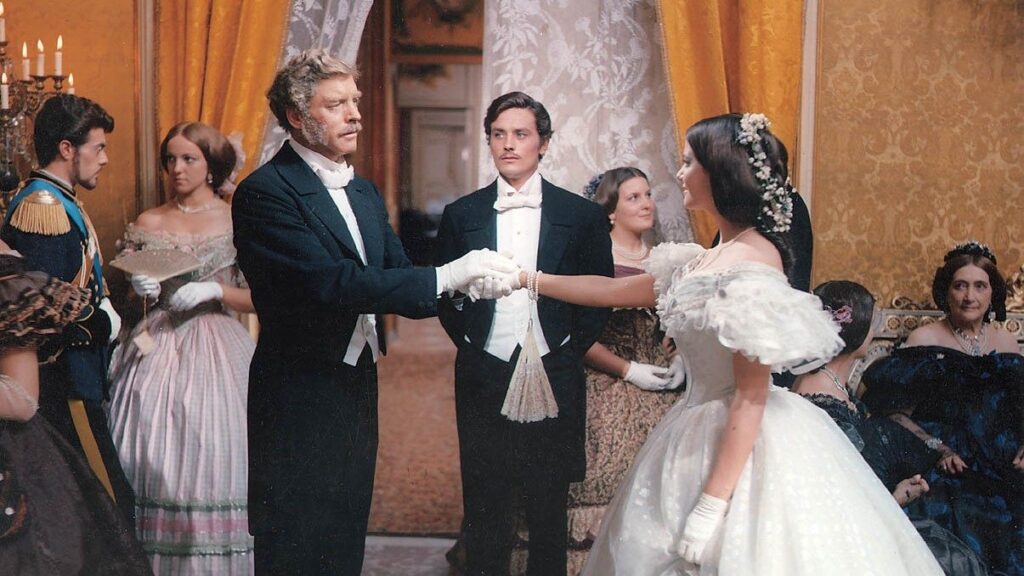
Visconti’s masterpiece, which won the Palme d’Or at the 1963 Cannes Film Festival and an Oscar nomination for Costume Design, is a film adaptation of G. Tomasi di Lampedusa’s novel. It describes the passage of an era in 19th century Italy, and the transition from the rule of the aristocracy to that of the wealthy bourgeoisie, constituting a mural of both historical and timeless significance for the new and old classes. It stars Alain Delon and Claudia Cardinale, both at the height of their almost unreal beauty, and Burt Lancaster, who achieved the unexpected: even dubbed, he is so expressive that he captivates the audience through a performance that he considers the best of his career. The filming process, however, was far from easy. Visconti was not satisfied with the producers’ insistence that Lancaster have the lead role. He didn’t think he could support him. This belief caused tensions between them in the first weeks. Visconti’s harsh treatment of Lancaster led to an escalation on the set. But this had an unexpected effect: the director was so impressed with the passion and sincerity Lancaster displayed that the two eventually developed a close and friendly relationship for the remainder of the year of filming. War, passions, multi-million dollar costumes and sets (many scenes are shot in a palace), performances with range and a subtle directorial melancholy make for a classic film that, though sumptuous, has nothing extravagant about it. Despite the lavish décor, Visconti’s shots are characterized by austerity, evidence of a mature filmmaker who doesn’t indulge in gratuitous sensationalism and knows that all that glitters is not gold. But even if it is, sometimes it doesn’t matter at all.
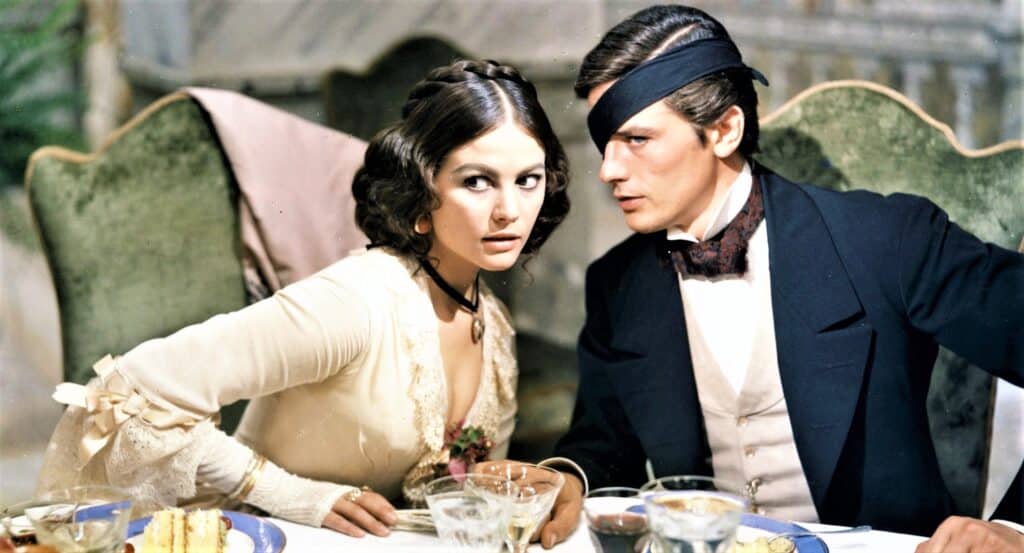
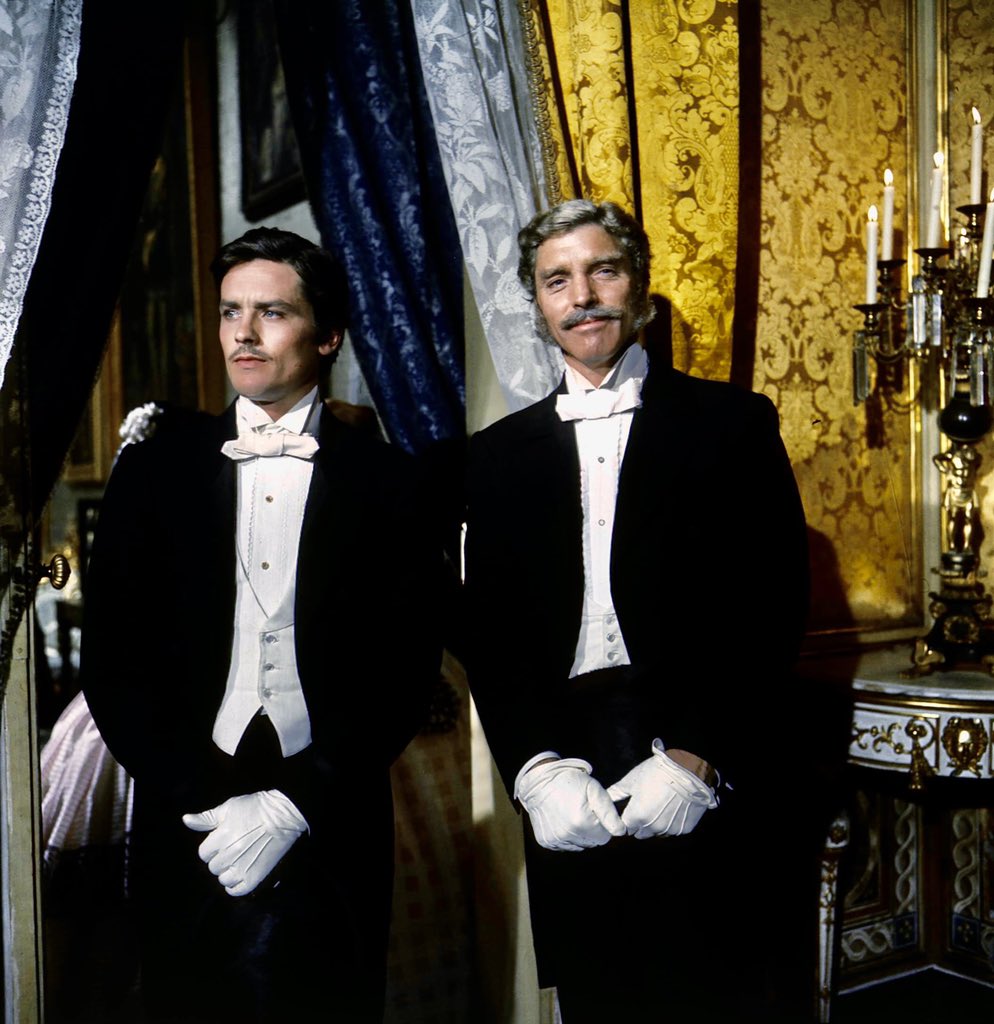
1. Visconti’s harsh treatment of Lancaster led to an escalation on the set. But this had an unexpected effect: the director was so impressed with the passion and sincerity Lancaster displayed that the two eventually developed a close and friendly relationship.
2. Il Gattopardo describes the passage of an era in 19th century Italy, from the dominance of the aristocracy to that of the wealthy bourgeoisie, making it a mural of both historical and timeless significance.




